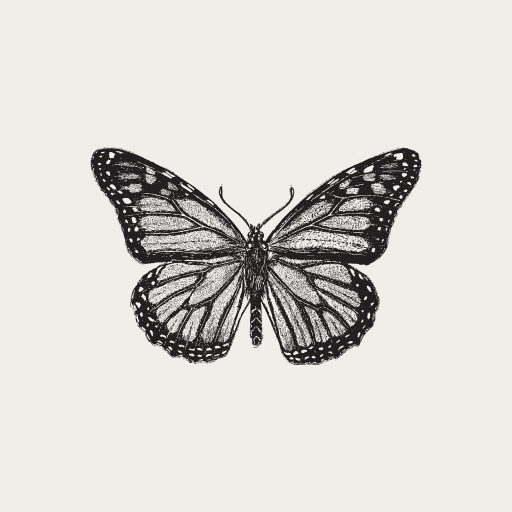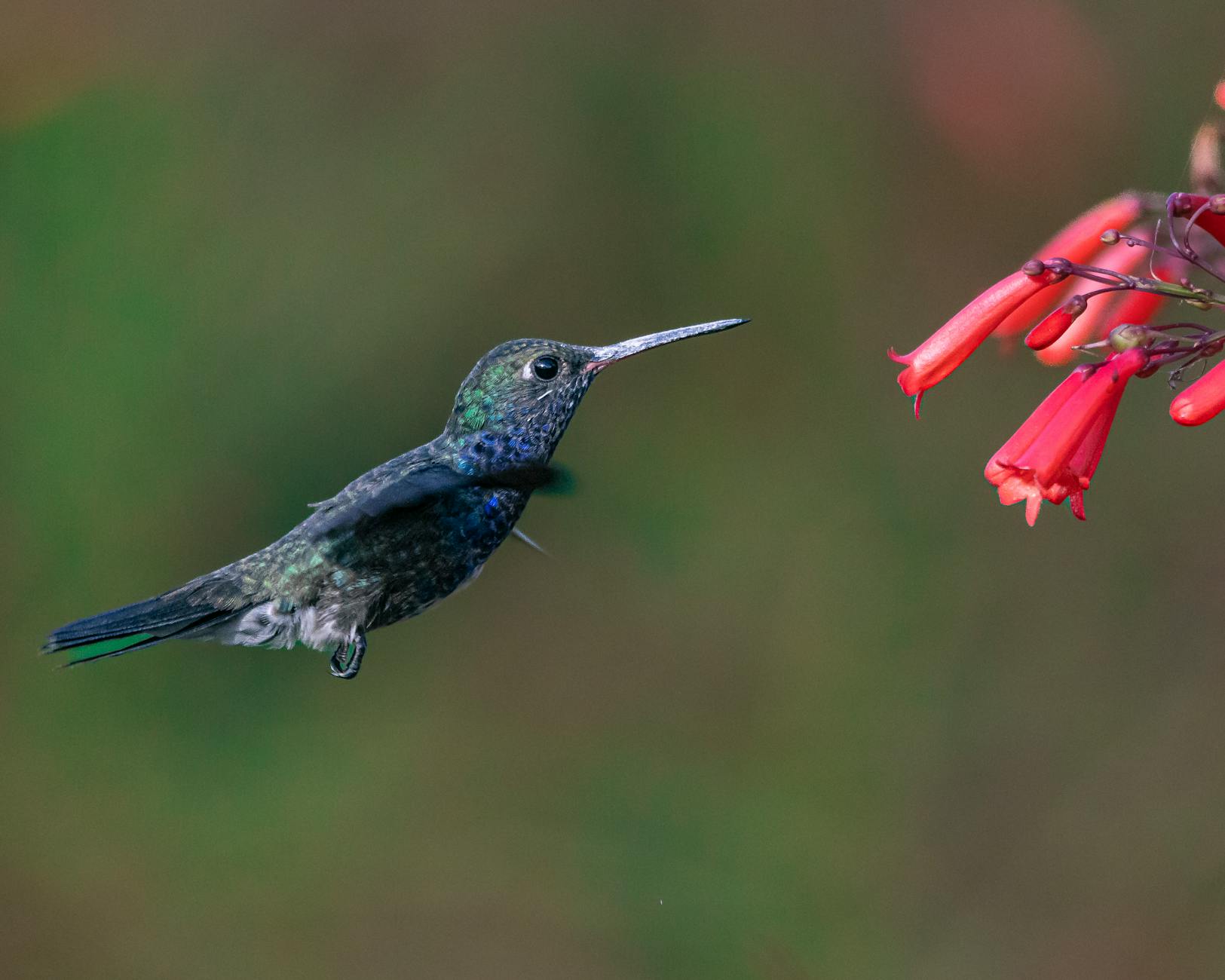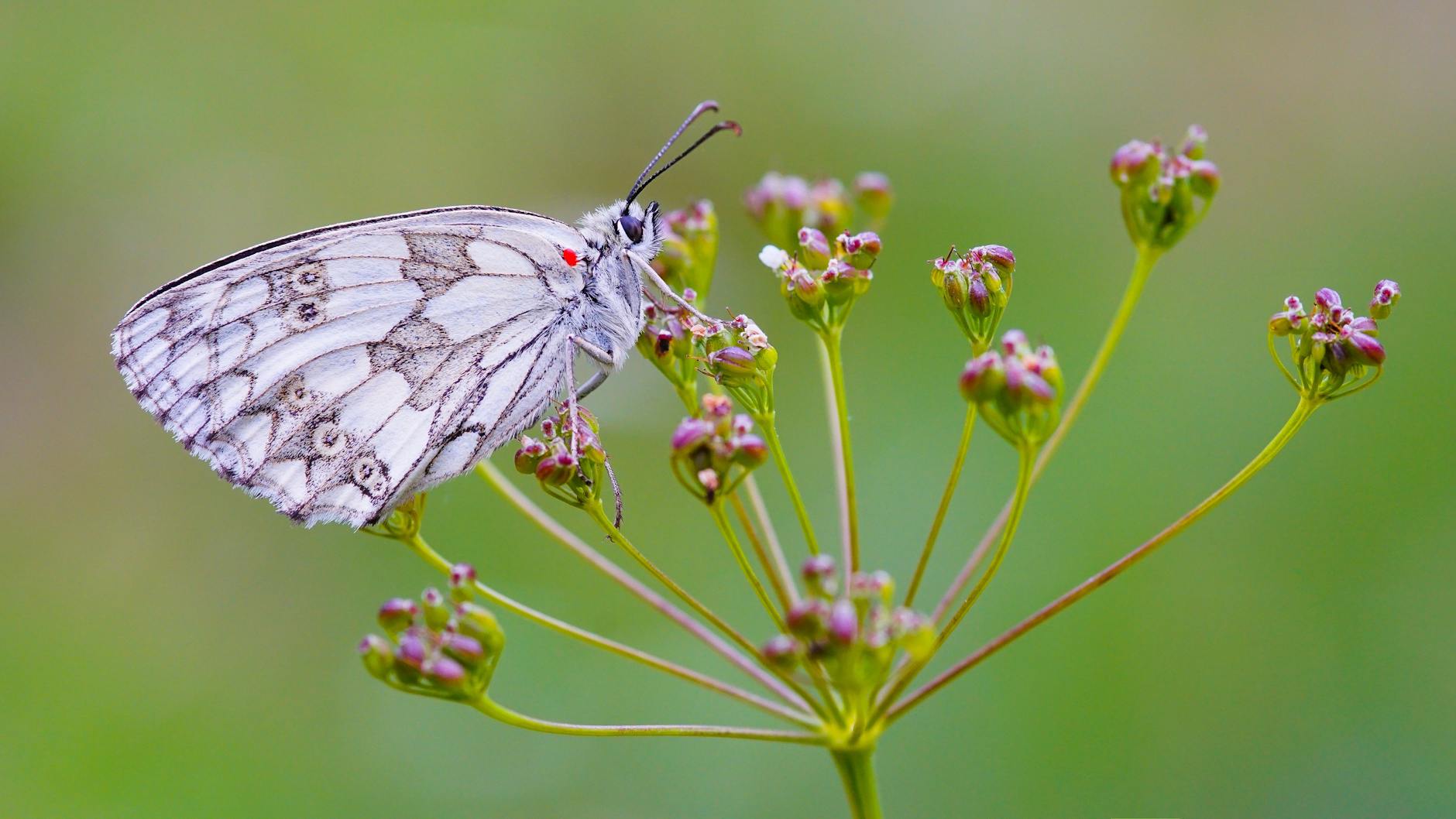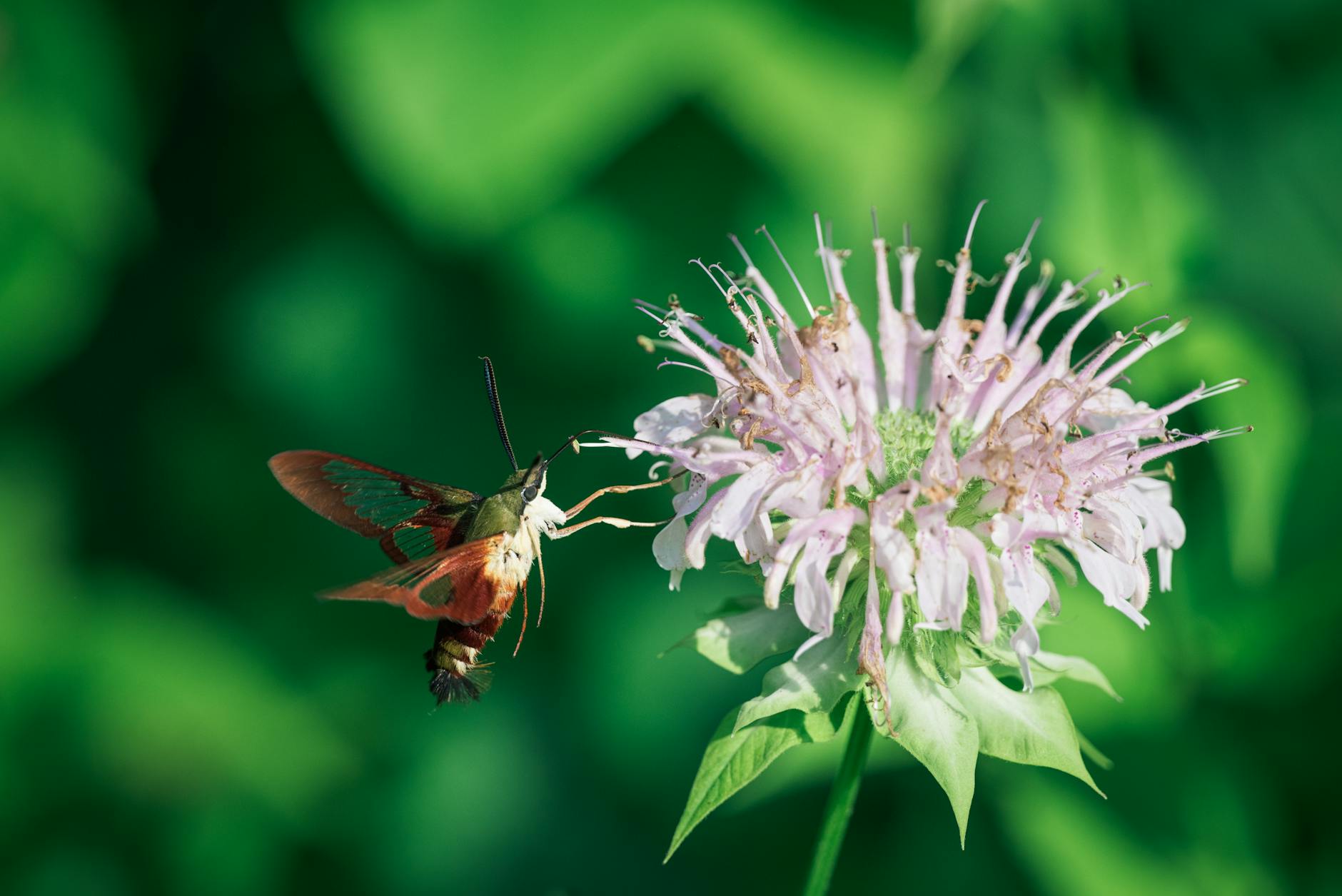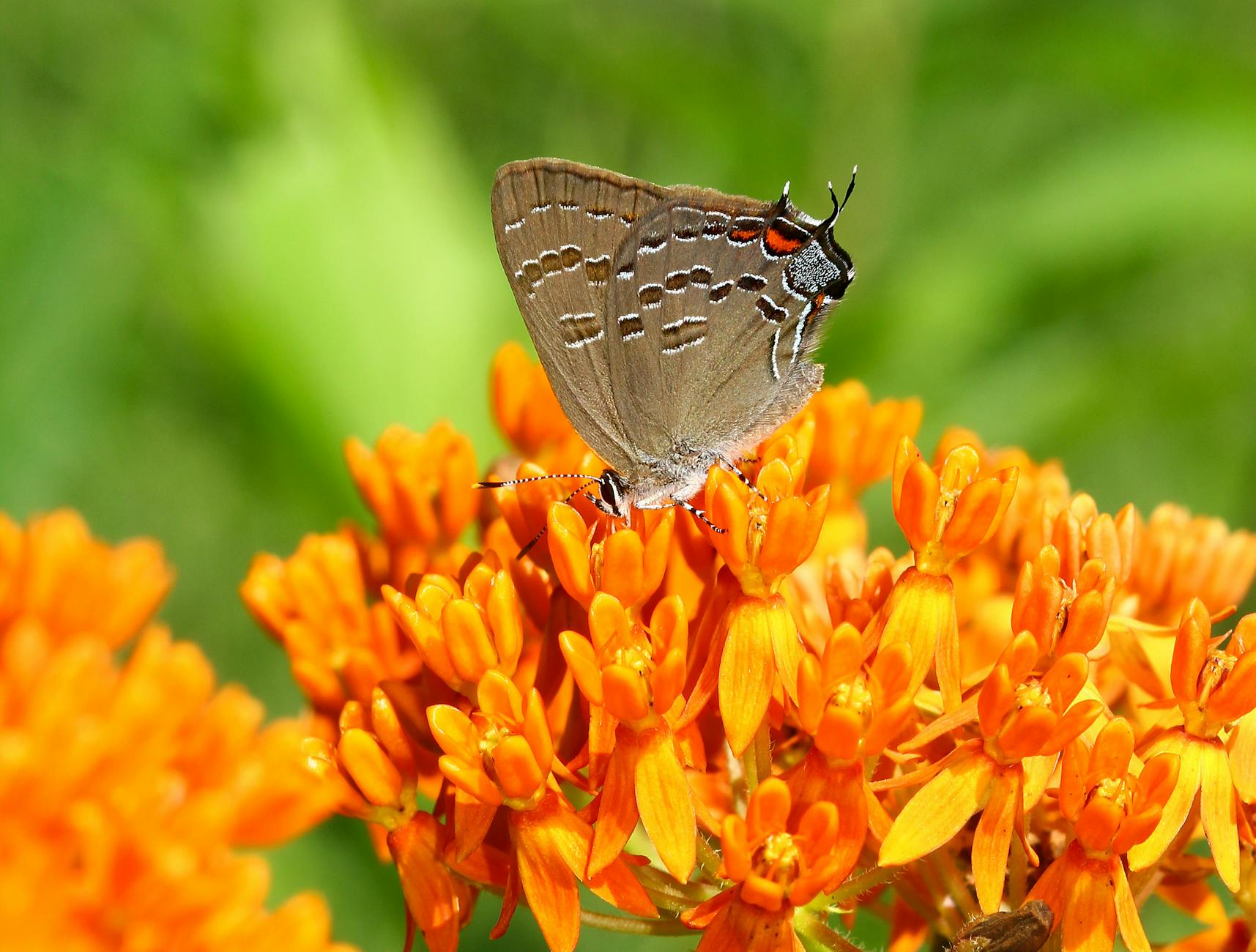Perfect plants for pots and small garden spaces.
There’s something uniquely fulfilling about cultivating a garden, even when you only have a small space to work with. Whether you have a tiny balcony, a cozy patio, or even a windowsill that could use a touch of nature, container gardening offers the perfect solution. And when you choose native plants for your containers, you’re not just creating beauty—you’re nurturing your local ecosystem. Today, I’m going to walk you through how to design a thriving, biodiverse container garden with native plants, even if you’re working with limited space and a budget.
Why Choose Native Plants for Your Container Garden?
Native plants are more than just aesthetically pleasing—they are key to fostering local wildlife and maintaining biodiversity. When you grow native plants in your containers, you’re providing food and shelter for pollinators like bees, butterflies, and hummingbirds, while helping to restore the balance of your local ecosystem.
But the benefits don’t stop there. Native plants are also incredibly resilient. They’ve adapted to your region’s climate, soil, and water conditions, so they require less maintenance, water, and chemicals than non-native species. Plus, they’re just beautiful in their simplicity—whether you’re looking for colorful blooms, textured foliage, or graceful grasses.
Selecting the Right Containers
Before you get started, it’s important to choose the right containers to ensure your native plants have enough room to thrive. Here are a few things to consider:
- Size Matters: Choose containers that give your plants enough space to grow. Avoid tiny pots that will quickly dry out and stunt plant growth. Larger containers will also allow for a greater variety of plants, making your design more dynamic.
- Material Choices: Containers come in many materials—ceramic, plastic, terracotta, and even biodegradable pots. Terracotta pots are classic and porous, allowing for good airflow to plant roots. Plastic pots are lighter and easier to move, while biodegradable pots are eco-friendly and great for the planet.
- Drainage: Always ensure your containers have good drainage. Waterlogged soil can drown roots and lead to root rot. If your pot doesn’t have drainage holes, consider drilling a few or placing rocks at the bottom to help excess water escape.
- Portability: Since you’re working with containers, you have the freedom to move your plants around to find the best light or shelter from the elements. Consider using pots with wheels if you plan to move them frequently.
Best Native Plants for Container Gardens
Not all native plants are well-suited for containers, so let’s explore some beautiful and practical options that thrive in pots.
- Wildflowers: These are perfect for adding color and attracting pollinators. Consider:
- Black-eyed Susan (Rudbeckia hirta) – A cheerful yellow flower that loves the sun.
- Purple Coneflower (Echinacea purpurea) – Known for its daisy-like blooms, it’s a favorite of bees and butterflies.
- Blanket Flower (Gaillardia pulchella) – A bright, bold bloom that attracts pollinators with its warm hues.
- Grasses and Ferns: Native grasses and ferns offer texture and movement in your container garden, often with very little upkeep. Some great choices include:
- Little Bluestem (Schizachyrium scoparium) – A drought-tolerant grass that turns beautiful shades of red and orange in the fall.
- Pennsylvania Sedge (Carex pensylvanica) – A low-growing grass that’s perfect for shady spots.
- Christmas Fern (Polystichum acrostichoides) – A hardy fern that adds lush greenery all year round.
- Shrubs: Adding a shrub to your container garden will provide vertical interest and structure. Consider these native options:
- Serviceberry (Amelanchier spp.) – A small tree or shrub that produces edible berries for birds and humans alike.
- Spicebush (Lindera benzoin) – Known for its fragrant flowers and stunning fall color, it attracts butterflies and other pollinators.
- Winterberry Holly (Ilex verticillata) – A vibrant shrub that holds its red berries through the winter, providing food for birds.
- Groundcovers and Spreading Plants: These plants work well in hanging baskets or low pots, softening the edges of your container garden. Try:
- Wild Strawberry (Fragaria vesca) – A spreading groundcover that produces delicious berries.
- Bearberry (Arctostaphylos uva-ursi) – A compact, evergreen groundcover that thrives in containers.
- Golden Ragwort (Packera aurea) – A native groundcover with bright green foliage and yellow spring flowers. Thrives in moist soil, partial shade, and works well in containers or garden beds.
- Succulents and Drought-tolerant Varieties: Perfect for sun-drenched patios or balconies, these plants need little care and still provide striking beauty. Consider:
- Prairie Dropseed (Sporobolus heterolepis) – A graceful, fine-textured grass that looks beautiful in containers.
- Leadplant (Amorpha canescens) – A drought-tolerant shrub that blooms with purple spikes in the summer.
- Threadleaf Coreopsis (Coreopsis verticillata) – A tough, drought-resistant plant that produces yellow flowers throughout the summer.
Creating a Thriving Native Container Garden
Now that you’ve selected your plants, it’s time to create a space where they can thrive.
- Soil: Choose a well-draining, nutrient-rich soil for your native plants. If needed, amend the soil with compost or organic matter to ensure your plants have the nutrients they need to grow.
- Watering: Native plants are adapted to local climates, so they often require less water than non-natives. However, containers can dry out faster than garden beds, so be sure to water when the soil feels dry to the touch, but avoid over-watering.
- Fertilizing: Native plants generally don’t need a lot of fertilization, but if you want to encourage growth, use a slow-release, organic fertilizer that will feed your plants over time.
- Light: Ensure that the plants you choose are appropriate for your space’s light conditions. While some native plants thrive in full sun, others are better suited to partial or full shade.
- Maintenance: Keep your container garden looking its best by deadheading spent blooms and trimming back overgrown plants. This will encourage new growth and prevent your garden from looking untidy.
Companion Planting for Pollinators and Wildlife
Container gardening isn’t just about beauty—it’s about creating a habitat for wildlife. Pairing nectar-rich flowers with plants that offer food or shelter for pollinators and wildlife is a great way to create a sustainable ecosystem right in your garden. For example, combining purple coneflowers with winterberry holly will attract bees and butterflies while providing food for birds.
Start Small, Think Big
Creating a container garden with native plants is one of the easiest and most rewarding ways to start making a difference in your own backyard. Even if you’re working with limited space, every small act adds up to something greater. Every time you choose native plants, you’re contributing to the health of your local ecosystem and supporting the creatures that depend on these plants to survive.
I encourage you to start small—maybe with a couple of containers on your porch or balcony—and watch as the magic of nature unfolds. As you learn more about which plants thrive in your space, you’ll be inspired to expand and experiment. And in the process, you’ll find yourself connected to the natural world in a way you never imagined.
